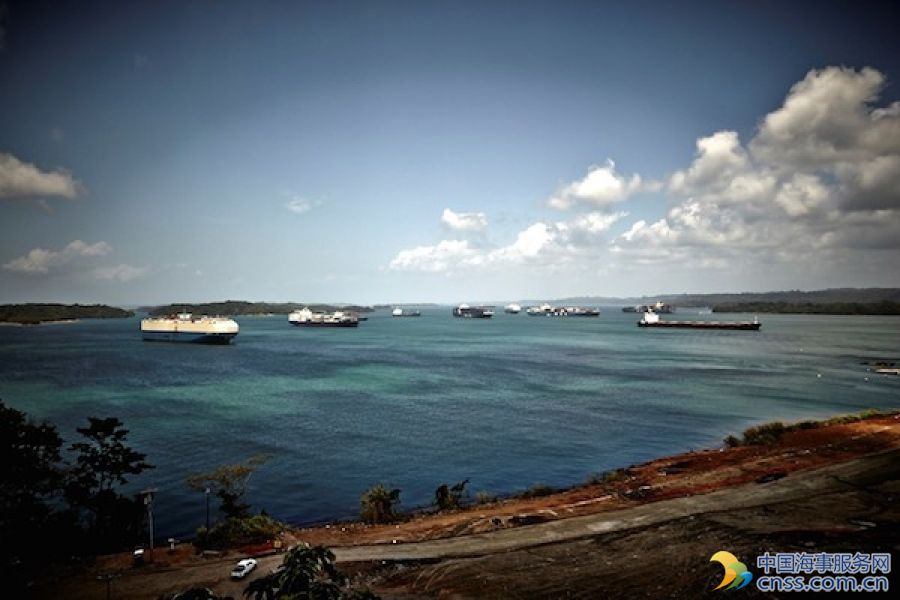Volatility in Asian Finished Steel market

The focus on unpredictable ferrous raw material prices during 2016 was so high that attention on the volatility affecting finished steel pricing was muted by comparison. Iron ore shrugged off bearish expectations, ending the year above US$80/dmt CFR China, said The Steel Index.
Coking coal prices quadrupled over the year to US$308.8/tonne, while scrap touched its lowest level for over six years, before soaring over 74% to the highest level since January 2015.
Yet, steel prices in Asia also had a hugely volatile year, which inevitably led rest-of-world pricing on a similarly merry dance. TSI’s ASEAN HRC index ended December 2015 with a barely audible whimper at US$274.36/t, but ended December 2016 with a roar, at US$512.33/t, with steel-making costs in retreat.
TSI have frequently commented on the volatility of iron ore, which has encouraged a flourishing of derivatives trade to manage rising price-risk. In 2016, average monthly ore derivatives volumes grew to over 150 million tonnes. Coking coal volatility proved capable of surprising everyone, too and the derivatives market grew 119% year-on-year, to 5.5 million tonnes, with the share cleared against TSI indices surpassing 50% in December.
However, volatility for steel was far from subdued. The graph below shows a relatively stable 2015, with an average monthly move of 4%: significantly less than that of ore. By contrast, 2016 saw many surprised by just how volatile finished steel prices could be. They moved by an average of US$39.4/t each month and as much as +US$113/t or –US$75/t.
Does it matter? Well, yes. The World Steel Association estimates that 69.2% of global crude steel production in 2016 was poured in Asia, so that’s a lot of steel prices to be gyrating over the year. TSI’s ASEAN HRC price is for Chinese-origin hot-rolled coil imported into ASEAN, making it an effective proxy for Asian steel prices.
But volatile prices from Asian exporters (mainland China, Japan, South Korea, Taiwan and India) also have a ripple effect with competing exporters, such as Turkey into the MENA region. Seaborne prices both reflect and influence domestic pricing dynamics in a number of countries.
So, what are the correlations between ASEAN HRC, other Asian countries and outside of Asia? Pretty large.
Firstly, Indian, S. Korean, Japanese and Taiwanese exports all maintain an extremely high correlation with the ASEAN price: they have to, as China sets the pace for regional export prices.
Secondly, Chinese FOB export prices sustain an a high degree of correlation with the ASEAN prices, naturally – they are the two sides of the same coin: the only difference being freight.
Thirdly, ASEAN HRC prices also show strong correlations to domestic markets from India to Turkey.
Finally, ASEAN HRC also has high correlations to other exporting markets, such as Turkey, which impact prices in MENA and Europe (global export market prices are, naturally, highly sensitive to Chinese ones).
Source: Scrap Register
HEADLINES
- Do shipping markets want Biden or Trump for the win?
- All 18 crew safe after fire on Japanese-owned tanker off Singapore
- Singapore launching $44m co-investment initiative for maritime tech start-ups
- Cosco debuts Global Shipping Industry Chain Cooperation Initiative
- US warns of more shipping sanctions
- China continues seaport consolidation as Dalian offer goes unconditional